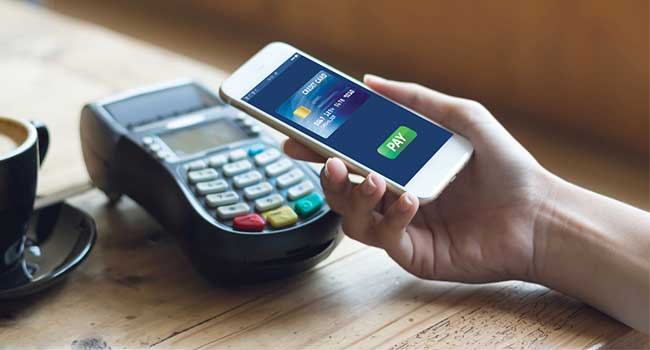
Future Smartphone Payments to Rely on Software Security
Study finds the growth of smartphone payments will increase the use of biometric security measures on mobile devices.
A new Juniper Research report predicts the biggest shift in mobile payment security will be the move toward software-based methods, which rely on standard smartphone components, according to a press release about the report.
The research forecasts users of these methods will increase from an estimated 429 million in 2018 to over 1.5 billion in 2023. Juniper believes this will usher in an era where mobile payments authentication utilizes multiple biometrics based on people's device usage patterns.
The research, Mobile Payment Security: Biometric Authentication & Tokenisation 2018-2023, found the use of software-based biometrics, such as that offered by voice or facial recognition, will fuel growth in smartphone mobile payments across all price ranges. The hardware-agnostic nature of this will be key to driving adoption, increasing biometrically-authenticated transactions at an average of 76 percent per annum globally. It predicts the major growth for this will come from Asia, with North American usage growing at just 46 percent per year.
"Mobile payment security will broaden hugely thanks to the implementation of pure software solutions," the report's author, James Moar, said in the release. "The key battle now will be to convince users, particularly those in Europe and North America, that these methods are just as secure as traditional hardware-based security."